The Great Aquaponics Adventure in My Backyard
You know, there’s something romantic about the thought of growing your own food. I’ll never forget that moment, sitting in my kitchen with a cup of coffee, daydreaming about tomatoes plump and red, fresh basil ready to elevate every dish, and fish gliding peacefully through the water beneath it all. I mean, who wouldn’t want a little patch of paradise right outside your back door? So when my buddy played the aquaponics card, my imagination went wild.
I didn’t know anything about aquaponics, but I was determined. What is aquaponics, you ask? Well, it’s like farming but with fish and plants in a lovely little ecosystem. And the best part? I could do it in the backyard! Little did I know, I was about to embark on a journey that would end with me knee-deep in fish gunk and frustration.
Sizing Up the Situation
First things first, I needed a container. Now, I’d been told it was crucial to get the right size. Too small, and my fish would be suspicious; too big, and I’d need to call the local construction crew for help. You see, I had this old trough sitting back in the shed, the kind used for watering livestock. I thought, “Perfect! This’ll do!” It was about 100 gallons—or so I thought. Frankly, remembering exact measurements and doing math didn’t seem important at first.
Once I dragged the trough out, I needed a bit of pizazz. I figured to grab some PVC pipes and create a little magic in that water. I picked up a cheap pump from the hardware store—a real bottom-of-the-barrel special. But hey, sometimes you just roll the dice and hope for the best, right?
Fishy Business
After I got the setup in place, I thought long and hard about the fish. I had visions of lively tilapia swimming around, the sort of resilience that could handle my novice aquatic enthusiasm. So, off I went, scooping up a couple dozen tiny tilapia from a local hatchery, imagining how they’d thrive in my homemade ecosystem.
Fast forward a few days: those little guys were indeed thriving! Well, except for the fact that I forgot one critical detail: the oxygenation. I mean, who knew fish were such high-maintenance pets?
Weeks passed, and I stood over the trough, bemused. The water had developed a distinctive odor, a real earthy undertone with a hint of—let’s just say it wasn’t floral. I had read somewhere that you “cycle” the system, but day-to-day life kept getting in the way. The meaning was lost on me until I started seeing my precious fish float sideways—a clear sign something went terribly wrong. My heart sank as I scooped them out one by one; I peaked too soon and hadn’t taken the time to nurture the ecosystem.
The Smell of Failure
Let me tell you, staring down at those fish, blue and belly-up, was one of the hardest moments. My heart was in my throat. I think it might have been the summertime heat, too, along with the unfortunate decision to forego a filter. Or maybe it was the fact that I didn’t know that different fish species have certain needs regarding pH levels and temperature. I was continuously wrestling with those concepts, trying to learn while the fish struggled to breathe.
It was at this point I almost gave up. I thought about sinking that trough back in the ground and pretending like it never happened. Perhaps I could start with a good ol’ garden instead—tomatoes on their own, without the smell of disappointment hanging above.
Finding My Groove
But then, in a surprising turn of events, I decided that failure couldn’t be my last chapter. I wiped the sweat off my brow one blistering afternoon and started from scratch. I dug around in my shed again and found an old aquarium pump—yes! Finally, some action! I tweaked the setup, re-aerated the water, and suddenly, my aquatic friends were resuscitated right before my eyes.
Finding the right balance of water, nutrients, and aeration was like walking on a tightrope. I swapped out the tilapia for goldfish; they seemed so much more forgiving and quite the charmers, to boot. I even got brave enough to add some beans and a couple of leafy greens.
Lo and behold, things started turning the tide! As my plants flourished, I admired their roots peeking down into the water, and the faint smell of fresh basil replaced that dreadful "fishy" scent. I felt like a proud parent every time I plucked a herb or snipped a sprout.
Lessons Learned
So, here I am now, looking back at the first attempt. Did I need to go all out and fill that massive trough right away? Not a chance. I could’ve started with a smaller tank and kept it manageable. The size of the system is crucial indeed—it needs to be just right for fish and plants to coexist in harmony without ending up in a death spiral. And honestly? You learn so much more along the way when you keep it simple.
If you’re thinking about diving headfirst into aquaponics, casting away the fear of failure is half the battle. It doesn’t have to look perfect or execute flawlessly right out of the gate. Just start small, let your curiosity guide you. Learn from your mistakes, and embrace those little surprises life throws at you.
You’ll find the joy of watching things grow far outweighs the moments of frustration. So grab that coffee, pat yourself on the back for the courage to begin, and remember, it’s all part of the journey.
Feeling inspired? Want to join the ever-growing community of backyard farmers? Check out the next session here!

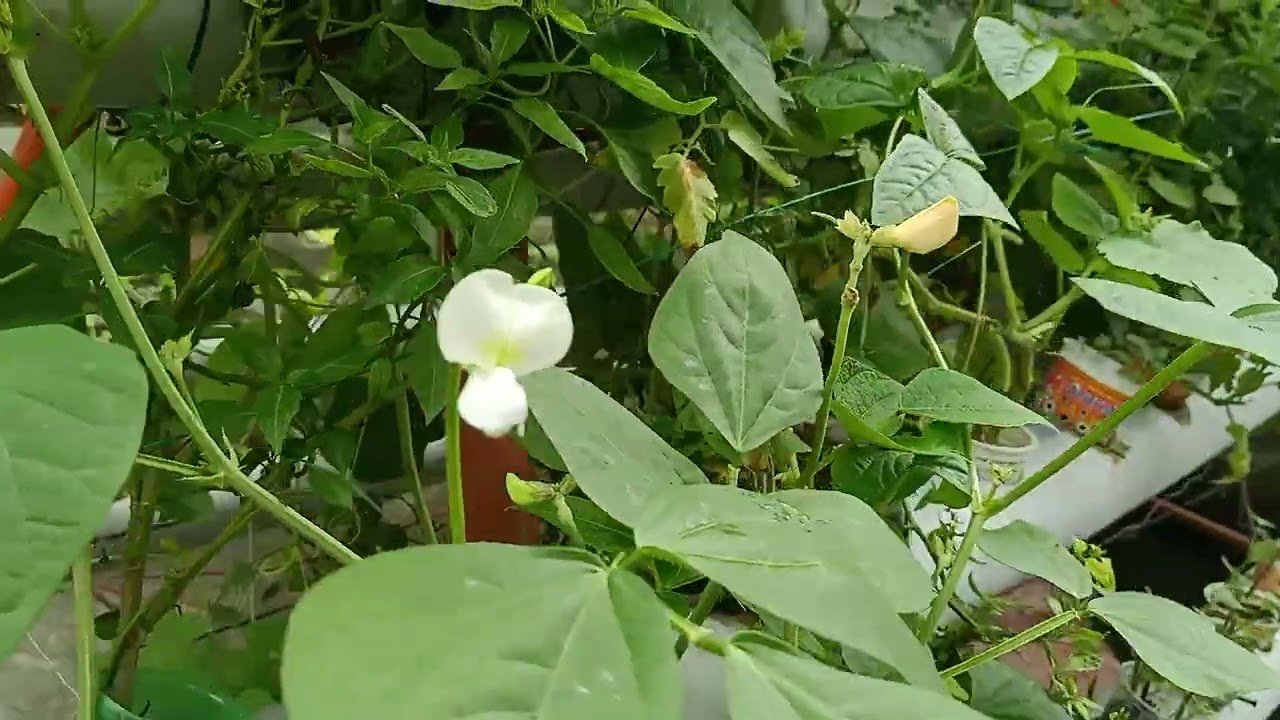
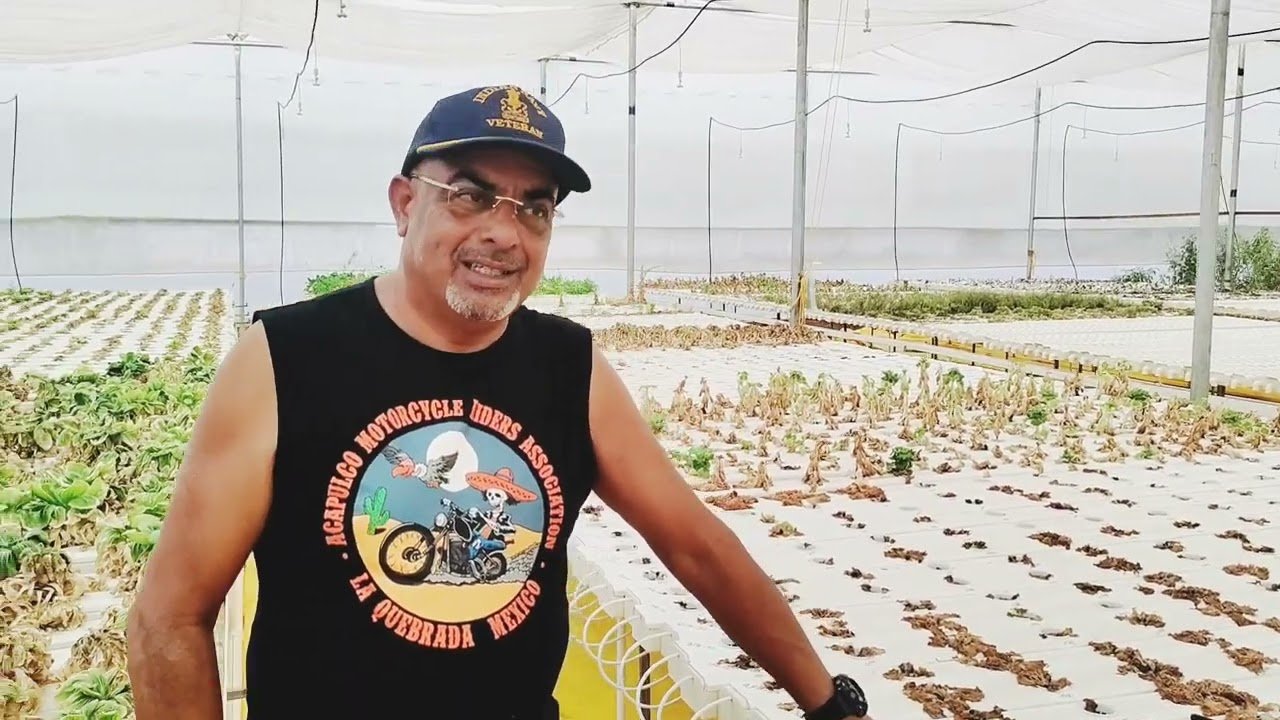
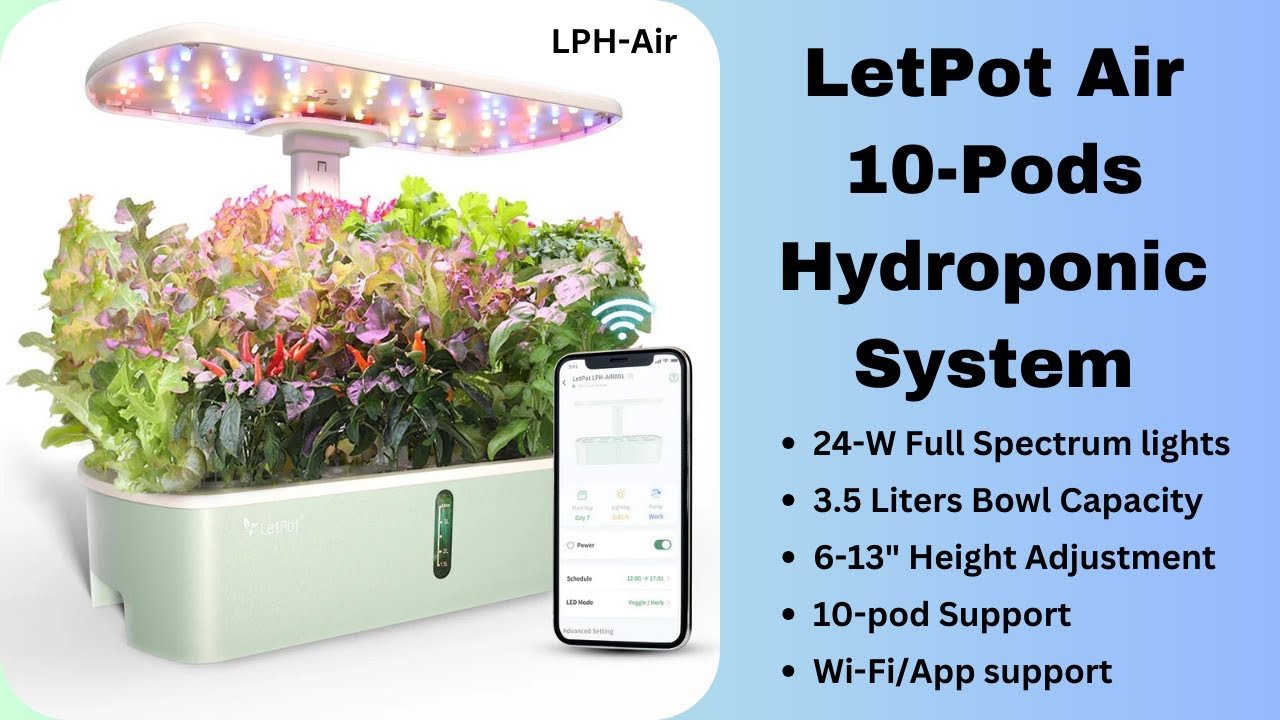
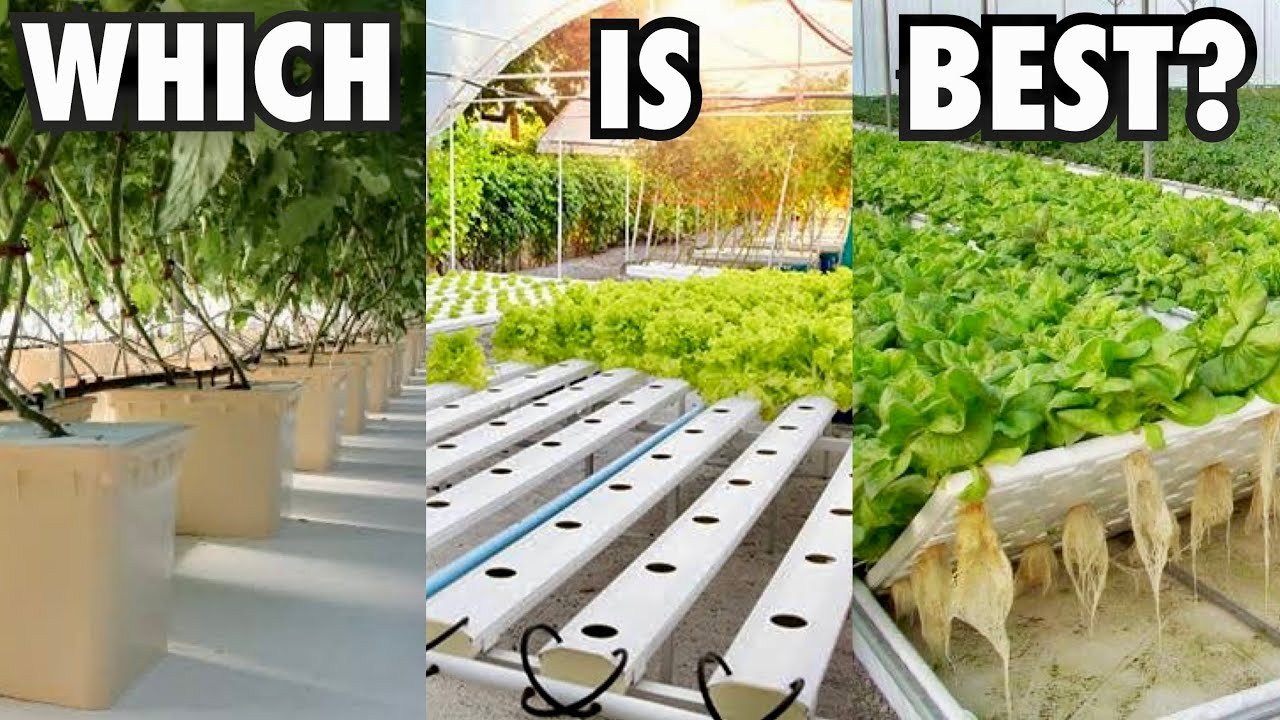
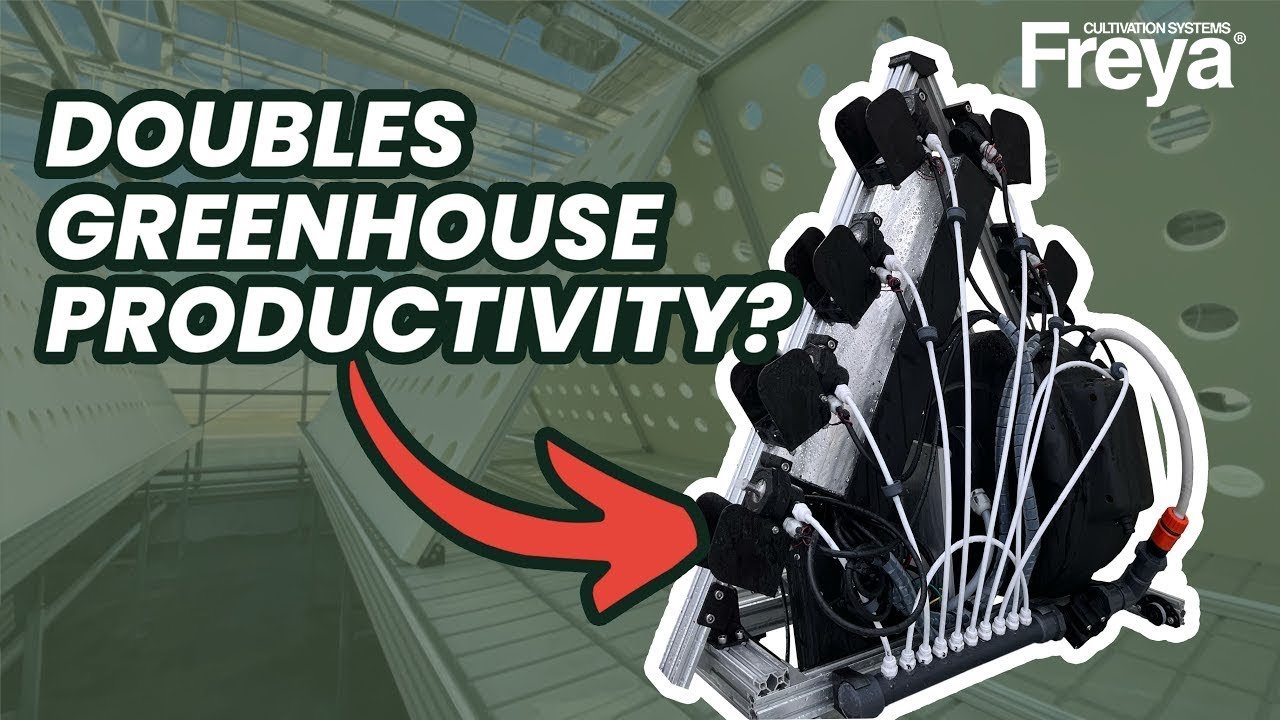
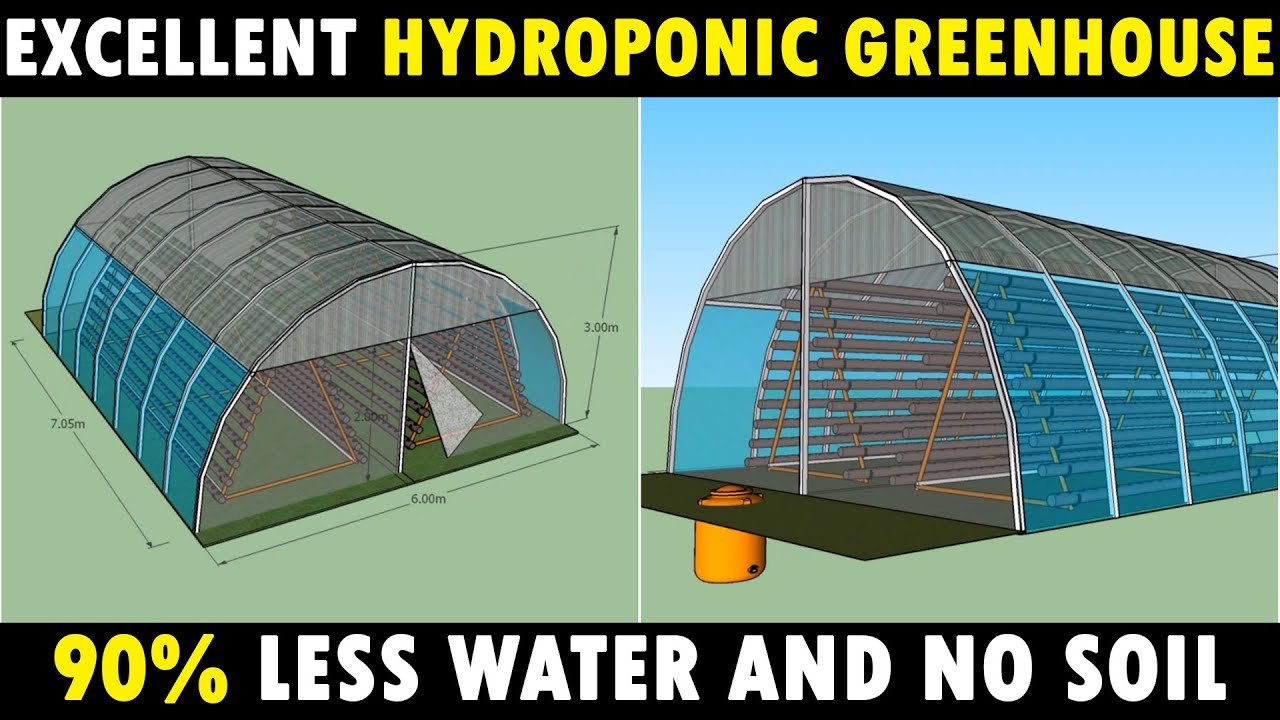
Leave a Reply